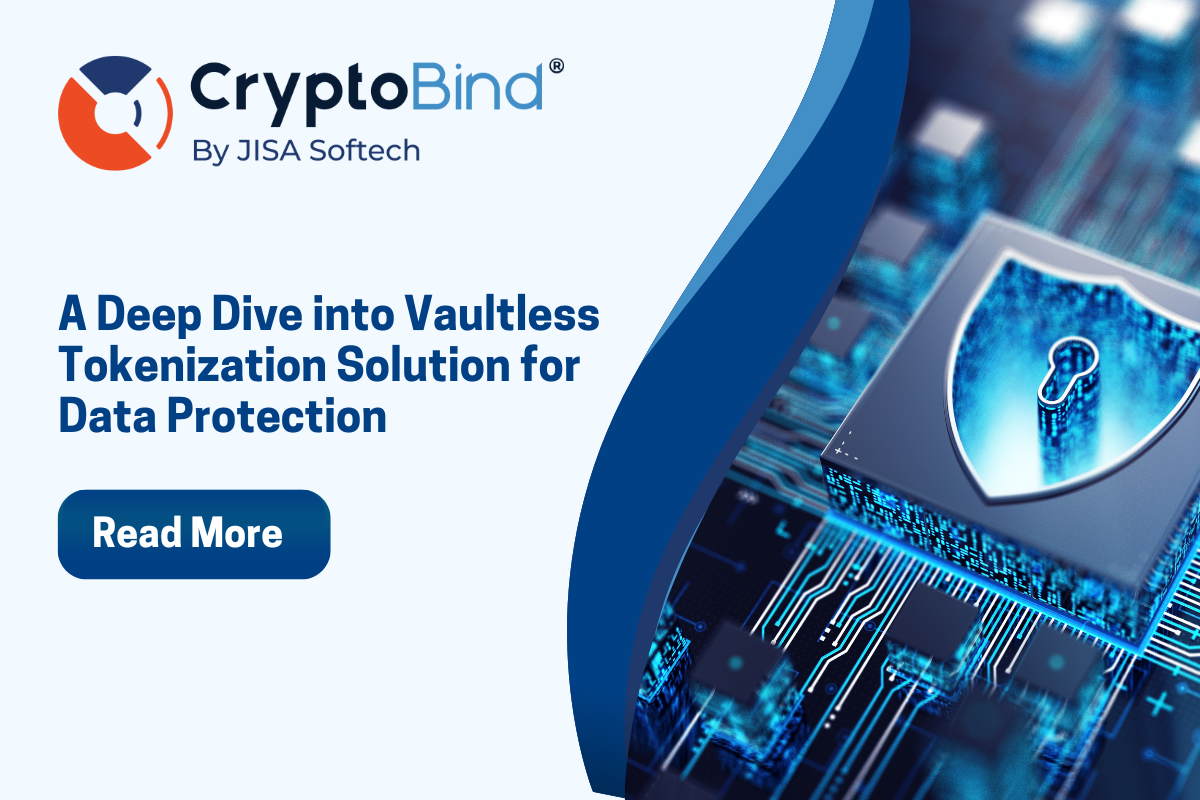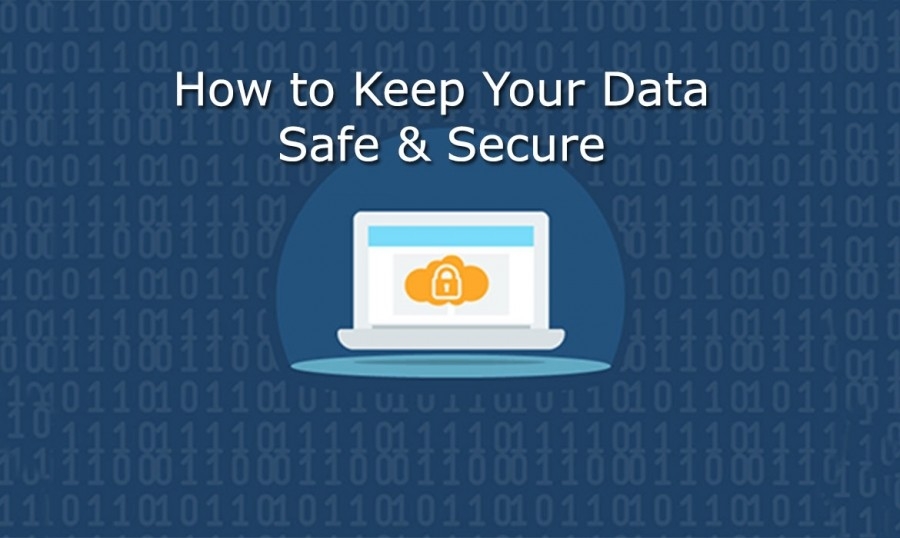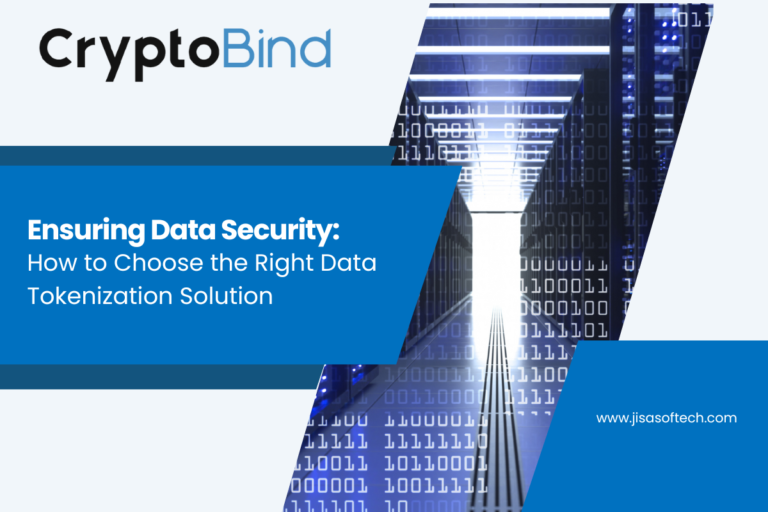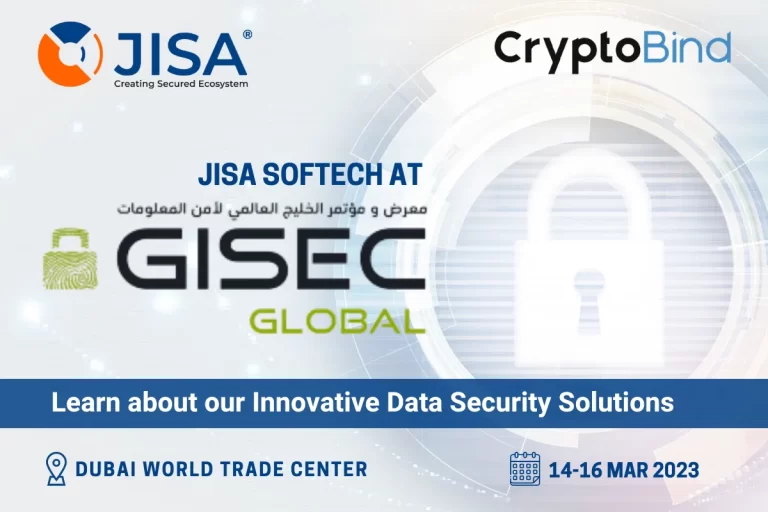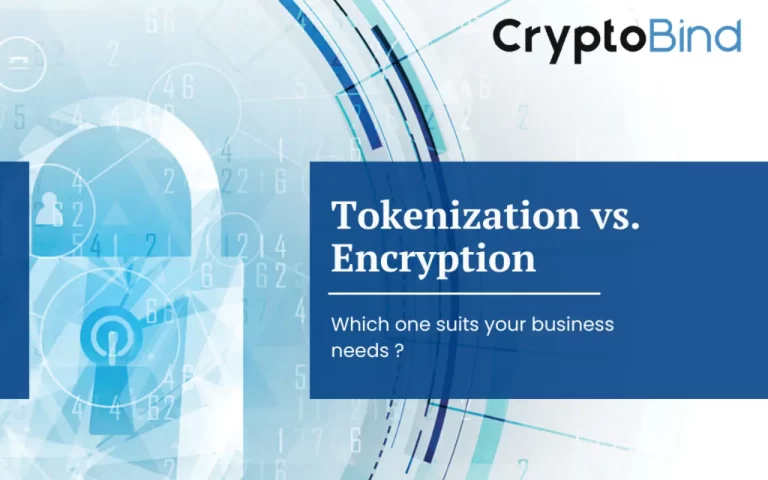A Deep Dive into Vaultless Tokenization Solution for Data Protection
Tokenization services have become a cornerstone for securing sensitive information in various industries. Tokenization, initially used to protect stored credit and debit card data for recurring transactions, has expanded significantly. Traditionally, it ensured compliance with PCI DSS by preventing the storage of clear-text card data. Today, tokenization also masks a variety of sensitive information, including:
- Personal identifiers (e.g., names, addresses, emails)
- Financial data (e.g., bank account, credit/debit card numbers)
- Medical and health insurance information
- Government-issued IDs (e.g., Social Security numbers, driver’s license numbers)
Additionally, tokenization now secures data immediately upon entry into web forms or e-commerce pages, enhancing real-time protection and compliance with data privacy rules. This advancement highlights tokenization’s growing role in safeguarding diverse types of sensitive information.
Understanding Tokenization
Tokenization might sound complex, but it’s a straightforward concept. Essentially, it involves substituting sensitive data with unique tokens. These tokens are random strings of data that hold no intrinsic meaning or value to third parties.
These unique tokens can represent portions of sensitive data while safeguarding its security. The original data is linked to these tokens, but they provide no information that could be used to reveal, trace, or decipher the data.
Types of Tokenization
Tokenization is gaining traction across various industries. While it is widely used in payment processing, there are numerous other applications. The methods of tokenization can vary significantly depending on their use case.
Vaultless Tokenization
Vaultless tokenization relies on secure cryptographic devices and specific algorithms that convert sensitive data into non-sensitive tokens. These tokens do not require a centralized vault database for storage, hence the term “vaultless.”
Vault Tokenization
Vault tokenization, on the other hand, It involves a secure database known as a tokenization vault, which stores both sensitive and non-sensitive data. Within this network, users can decrypt tokenized information by accessing both data tables.
By utilizing these tokenization methods, businesses can ensure that sensitive information remains secure while still being usable for essential operations.
The Shift from Vault Tokenization to Vaultless Tokenization
Historically, many cryptographic solutions relied on “vault” or “vaulted” tokenization. This traditional method involved storing tokenized data in a secure vault. However, with the advent of vaultless tokenization, the industry is witnessing a significant shift. Vault tokenization is becoming less prevalent as vaultless solutions offer a more efficient and secure alternative. Let’s delve into the reasons behind this transition and why vaultless tokenization is becoming the preferred choice for many organizations.
Advantages of Vaultless Tokenization
Vaultless tokenization eliminates the need for a central token vault. Instead, it uses secure cryptographic devices to generate tokens using standard algorithms and encryption keys. This method offers several advantages:
- Enhanced Security: By eliminating the token vault, vaultless tokenization removes a significant vulnerability. Sensitive data is never stored in its original form, reducing the risk of data breaches.
- Efficiency: Without the need to query a vault, vaultless tokenization reduces latency, making it ideal for real-time transaction processing.
- Simplified Compliance: Vaultless tokenization helps organizations reduce their compliance scope by minimizing the presence of clear-text data in their systems. This is particularly beneficial for meeting standards like the Payment Card Industry Data Security Standards (PCI DSS).
- Cost Reduction: By simplifying the infrastructure and reducing the need for extensive data storage solutions, vaultless tokenization can significantly lower operational costs.
Use Cases for Vaultless Tokenization
Vaultless tokenization is not limited to financial transactions. Its applications span various industries, including:
- Healthcare: Protecting patient records and personal health information (PHI) to comply with regulations like HIPAA.
- Retail: Safeguarding customer payment information during online and in-store transactions.
- Government: Securing sensitive citizen data to prevent identity theft and fraud.
- Enterprise: Protecting employee information and corporate data from breaches.
- Payment Processing and Financial Services: Securely tokenizing credit card numbers to comply with PCI DSS (Payment Card Industry Data Security Standard) requirements and Protecting bank account details to prevent fraud and unauthorized access.
Conclusion
Compliance with PCI DSS standards necessitate robust measures like tokenization, which replaces sensitive data with non-sensitive equivalents. While vault tokenization involves storing data and corresponding tokens in a secure database, vaultless tokenization offers a more efficient and secure alternative by utilizing cryptographic devices without the need for a tokenization vault database. As organizations prioritize data security, implementing tokenization methods ensures the protection of sensitive information in payment card transactions.
In the realm of data security, tokenization solutions have proven to be indispensable. With the shift from vault to vaultless tokenization, organizations can achieve higher security, efficiency, and compliance at a lower cost. As a leading tokenization service provider, CryptoBind offers robust and scalable vaultless tokenization services that cater to the evolving needs of modern businesses. Embracing vaultless tokenization is not just a step towards better security but also a strategic move to future-proof your organization’s data protection infrastructure.
Contact Us:
Sales@jisasoftech.com
+91-9619222553

